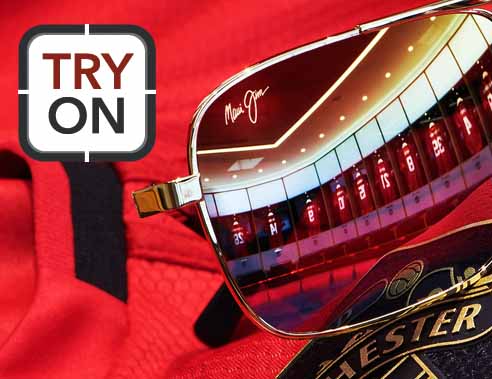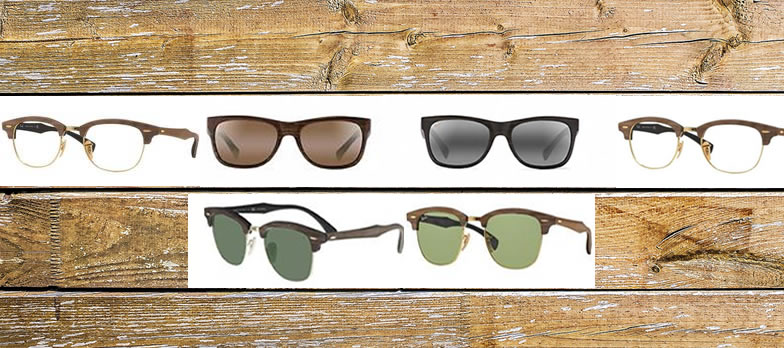The new trend in consumer goods is ‘up-cycling’. What is up-cycling you ask? Up-cycling refers to using waste or unwanted materials into new materials or products. In other words, creative re-use. You probably have already seen products from the up-cycling trend, just didn’t know the term! Up-cycling is also now being incorporated into eyewear.
Eyewear designers are turning to new materials to create sustainable and unique designs. The options of up-cycling materials is simply limited only by the creativity of the designers! Some of the materials that have been used include, but are not limited to, old vinyl records, snowboards, sea plastic, lobster traps, bottles, cans and much more!
New types of materials are also being used by eyewear designers, such as bamboo and wood, which create a warm touch and are in some cases more functional than traditional materials. Bamboo has quickly become a popular material for eyeglasses over the last few years. It is a renewable resource, as bamboo is one of the fastest growing plants in the world. Bamboo is strong and flexible and light-weight, making it a great choice as a material for eyewear – some designers are using bamboo to make sunglasses for use at the beach or pool, because they float. Also, the grain and pores that are visible in bamboo make each piece unique and add to the overall aesthetics of the glasses. In Asia, bamboo has been used for centuries not only as a building materials, but also to make all kinds of functional products.
Wood as eyewear material is seeing a comeback these days. Wood was initially used as a material for eyewear in the 15th and 16th century, together with materials such as horn or bone. Until the technology to mould metals improved and replaced these materials. Some designers are using up-cycled wood, sustainably harvested wood, re-cycled wood – marketing them as eco-friendly and sustainable materials. Other designers are incorporating wood into mixed-material designs or are adding wood pulp or wood chip fibres into acetate frames. This gives the frames the texture or the look of wood, but since they are not 100% wood are easier to care for. Wood frames will need a little bit more care than metal or acetate frames, such as keeping them dry and depending on how they are finished, may need a coat of oil or wax every once in a while.
So, next time you are in the market for a new pair of sunglasses or glasses, why not take a look at some that are made with new, sustainable materials? You might find something unusual and unique, yet functional.







